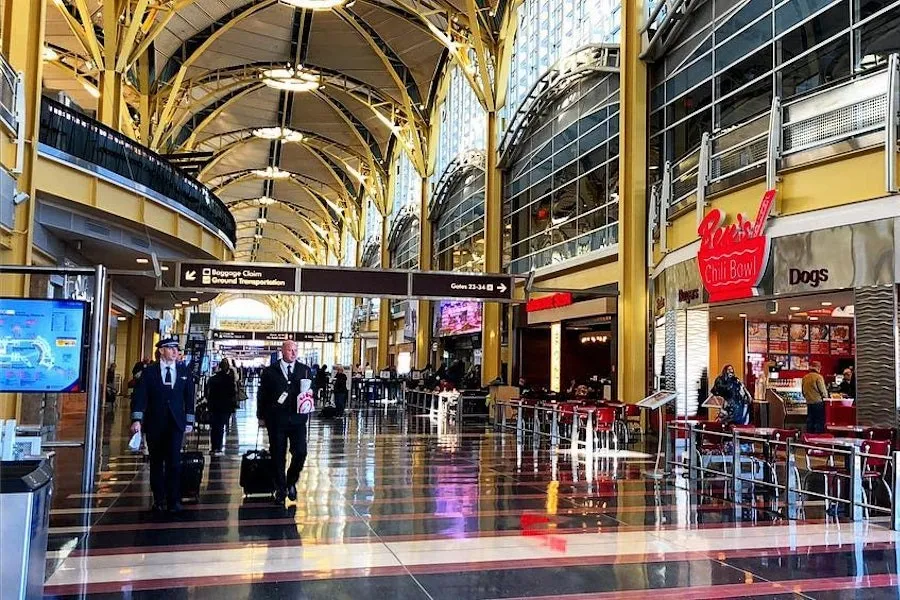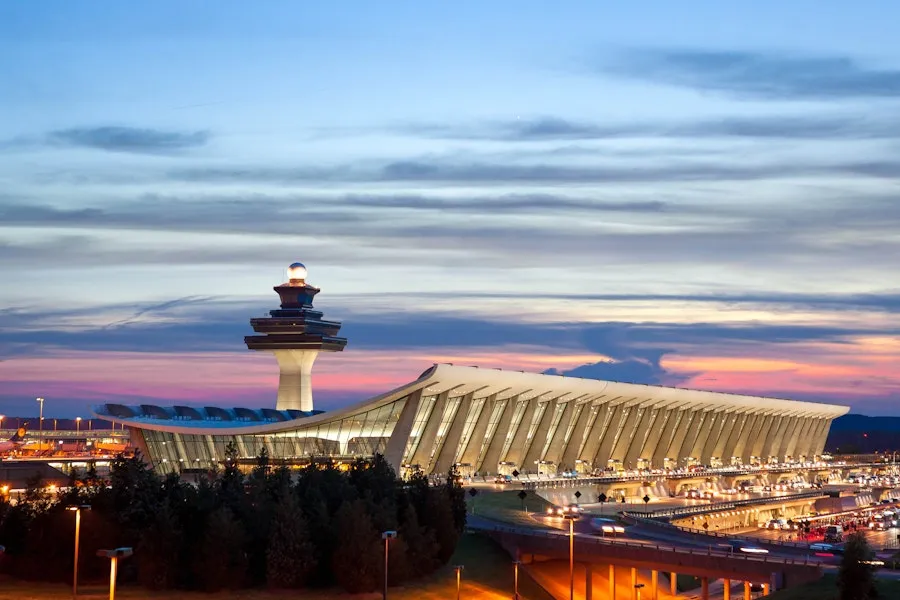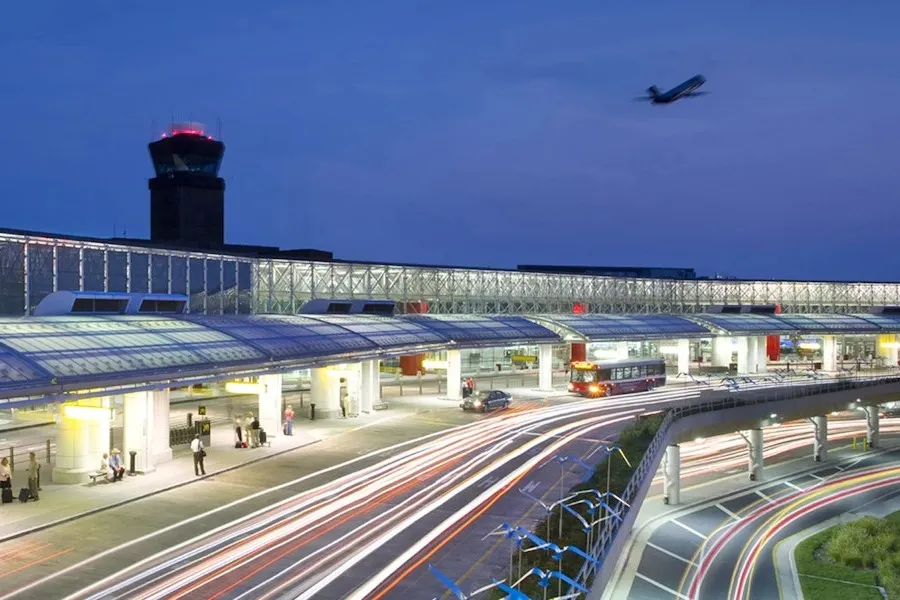Washington State, nestled in the Pacific Northwest of the United States, is renowned not only for its modern cities and majestic natural landscapes but also as a haven for wildlife enthusiasts. From lush primeval forests and the towering Cascade Mountains to the pristine Pacific coastline, Washington harbors countless wonders awaiting intrepid and patient photographers. Join “Travel the World” as we explore unique wildlife photography experiences in Washington, where you can capture unforgettable moments and immerse yourself in the boundless beauty of nature.
Washington boasts a diverse ecosystem, providing an ideal habitat for numerous rare wildlife species. In Washington, you’ll have the opportunity to witness magnificent elk grazing freely in verdant meadows, graceful humpback whales frolicking in the Pacific waves, or powerful North American black bears foraging deep in the forests. Each season offers distinct experiences, from spring with vibrant migratory birds, summer with lively marine animal activity, autumn with romantic golden foliage, and winter with animals adapted to the cold climate.
Choosing the right location is crucial for a successful wildlife photography trip in Washington. Here are some ideal spots you shouldn’t miss:
Olympic National Park: A Realm of Biodiversity
Olympic National Park, a UNESCO World Heritage Site, is a premier destination for wildlife photography enthusiasts in Washington. With its vast expanse and diverse terrain, this park is home to a myriad of animal species.

Along the coastline, you can easily spot seals, sea otters, and various seabirds. Venture into the Hoh Rainforest and you’ll have the chance to observe magnificent Roosevelt elk, the largest subspecies of elk in North America, and cunning North American black bears. The park’s high alpine areas are habitats for mountain goats and Olympic marmots, endemic species found only in this region. Particularly in autumn, Olympic National Park comes alive with the Pacific salmon migration, a spectacular natural phenomenon attracting numerous visitors and photographers.
Mount Rainier National Park: Spotting Mountain Goats on Snowy Peaks
Mount Rainier National Park, dominated by the majestic Mount Rainier volcano towering over 14,000 feet, is an unmissable destination for those seeking wildlife photography at high altitudes. Along the hiking trails, you might encounter graceful mountain goats scaling steep cliffs, playful Rainier marmots hiding in bushes, and adorable North American pikas hoarding hay for winter.

In summer, as the snow melts, the park’s alpine meadows become ideal for observing warblers, sparrows, and various other birds. If you’re lucky, you might also spot black bears and black-tailed deer in the lower forested areas. For the best photography experience, visit the park in the early morning or late afternoon when wildlife is most active.
San Juan Islands: A Haven for Marine Mammals
The San Juan Islands, located off the coast of Washington, are a stunning archipelago with numerous islands and azure straits. This area is renowned as one of the best places in the world to observe orcas. From May to October, you can join whale watching tours to admire humpback whales, gray whales, and especially orcas swimming freely in their natural habitat.

Besides whales, the San Juan Islands are also home to various other marine mammals such as harbor seals, Steller sea lions, and sea otters. You can easily observe them from the shore or join kayak tours for closer encounters. In spring and autumn, the islands are also a crucial stopover for many migratory birds, offering excellent opportunities to photograph rare bird species.
Billy Frank Jr. Nisqually National Wildlife Refuge: Observing Migratory Waterbirds
The Billy Frank Jr. Nisqually National Wildlife Refuge, located at the Nisqually River delta, is a vital wetland area attracting millions of migratory waterbirds annually. In spring and autumn, you can witness thousands of snow geese, mallards, shorebirds, and other species congregating here to rest and feed during their migration.
The refuge features numerous hiking trails and observation towers, making it easy to access and observe birds at close range without disturbing them. This is an ideal location for beginners in wildlife bird photography, as well as professional photographers seeking to capture unique moments of migratory bird species.
To capture impressive wildlife photos, thorough preparation is essential. Here are some helpful tips for you:
- Learn about your subject: Researching the habits, habitats, and active times of your target species will increase your chances of encountering and capturing the best moments.
- Choose the right time: Dawn and dusk are often when wildlife is most active, and natural light is also most favorable for photography.
- Use appropriate equipment: A DSLR or mirrorless camera with a telephoto zoom lens with a long focal length will help you capture close-up shots of wildlife from a safe distance. A tripod and binoculars are also useful accessories.
- Be patient and observant: Wildlife photography requires patience and keen observation skills. Take time to observe your surroundings, listen to nature’s sounds, and wait for the right moment.
- Respect wildlife and the environment: Always maintain a safe distance from animals, avoid feeding or disturbing them. Adhere to national park and refuge regulations to protect the natural environment.
A wildlife photography experience in Washington is not only an opportunity to capture beautiful photos but also a journey to explore the marvelous beauty of nature and connect deeply with the animal world. Pack your gear and head to Washington to enjoy unforgettable moments and bring back unique photo stories of your own.